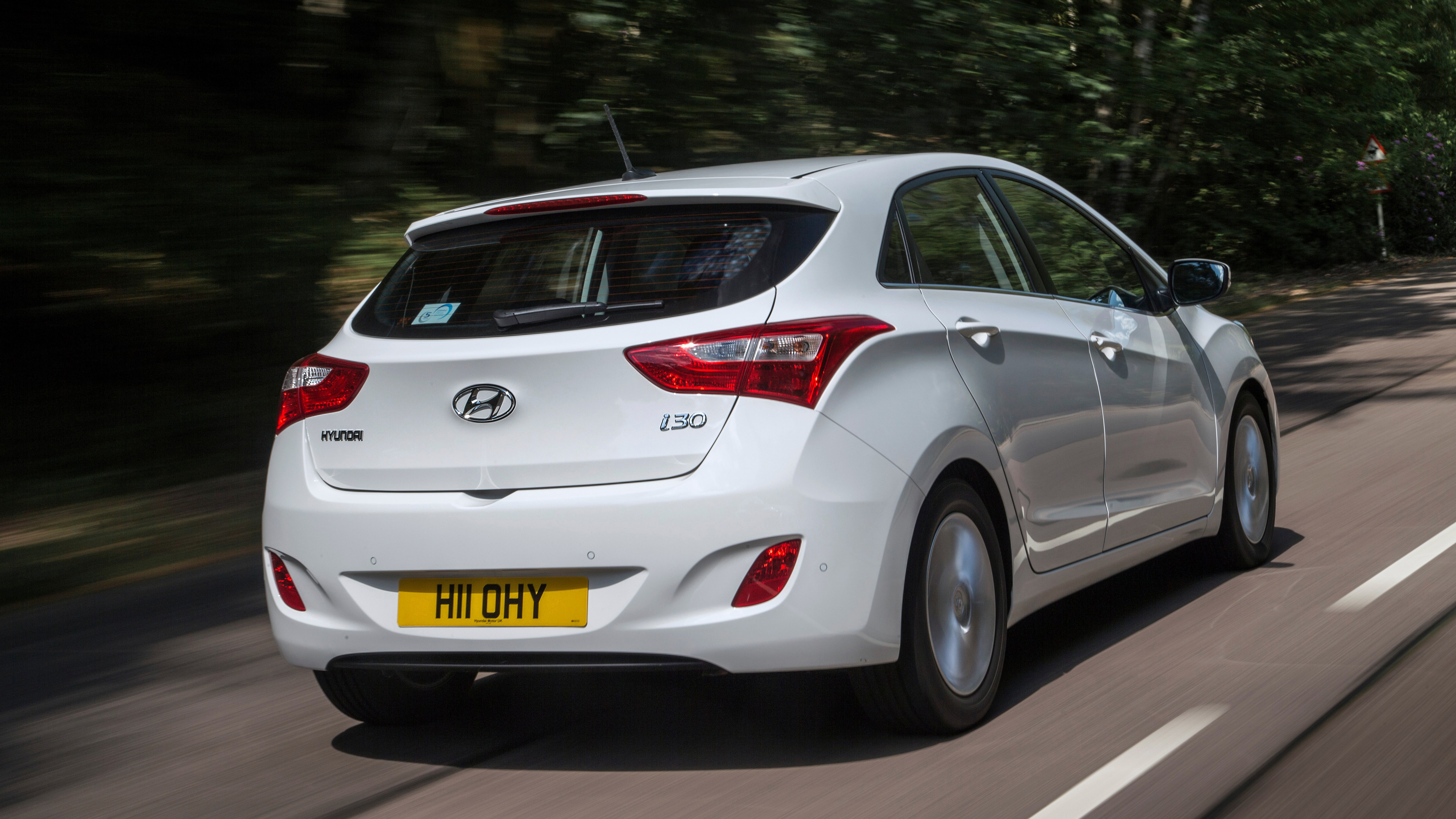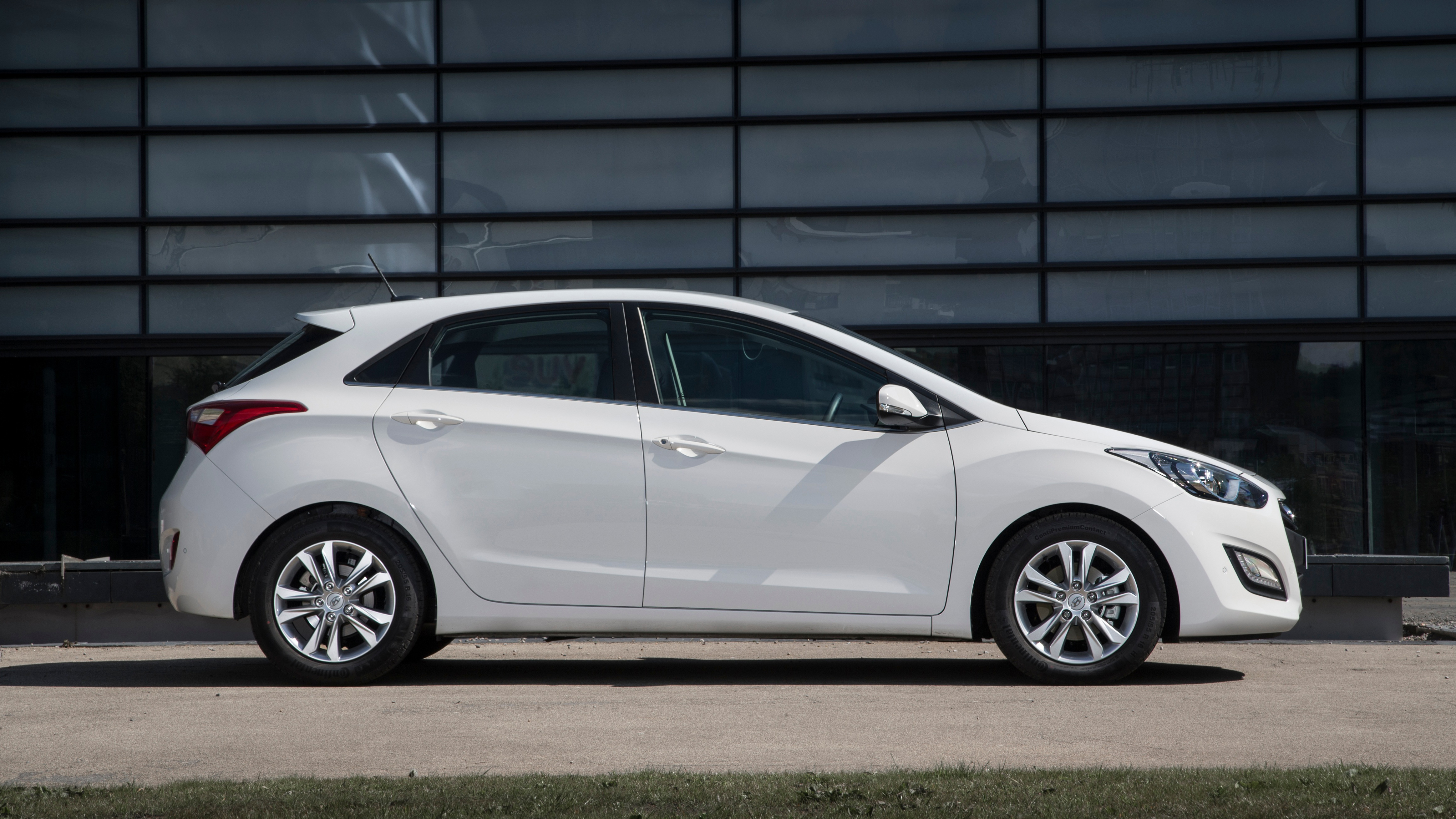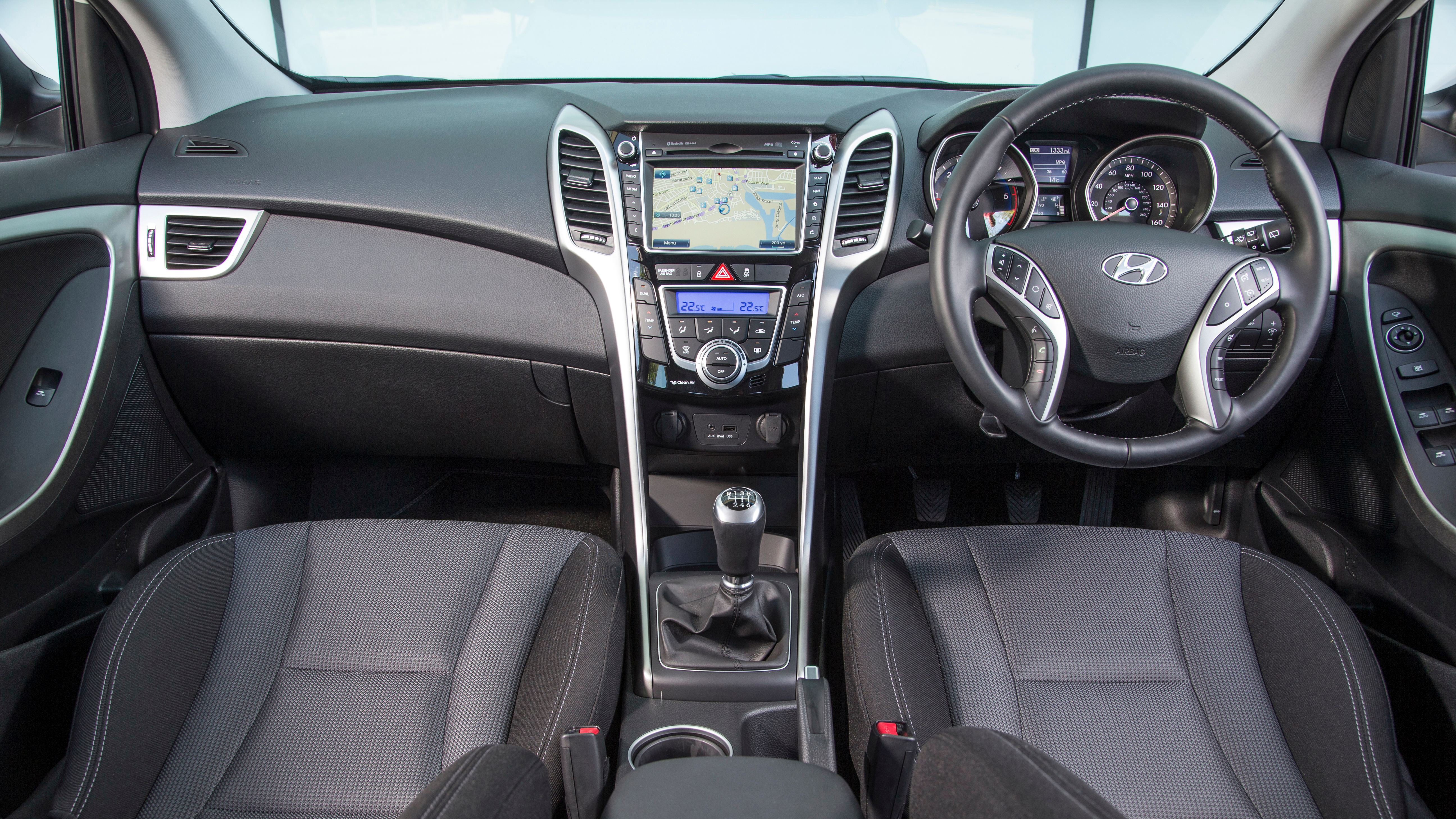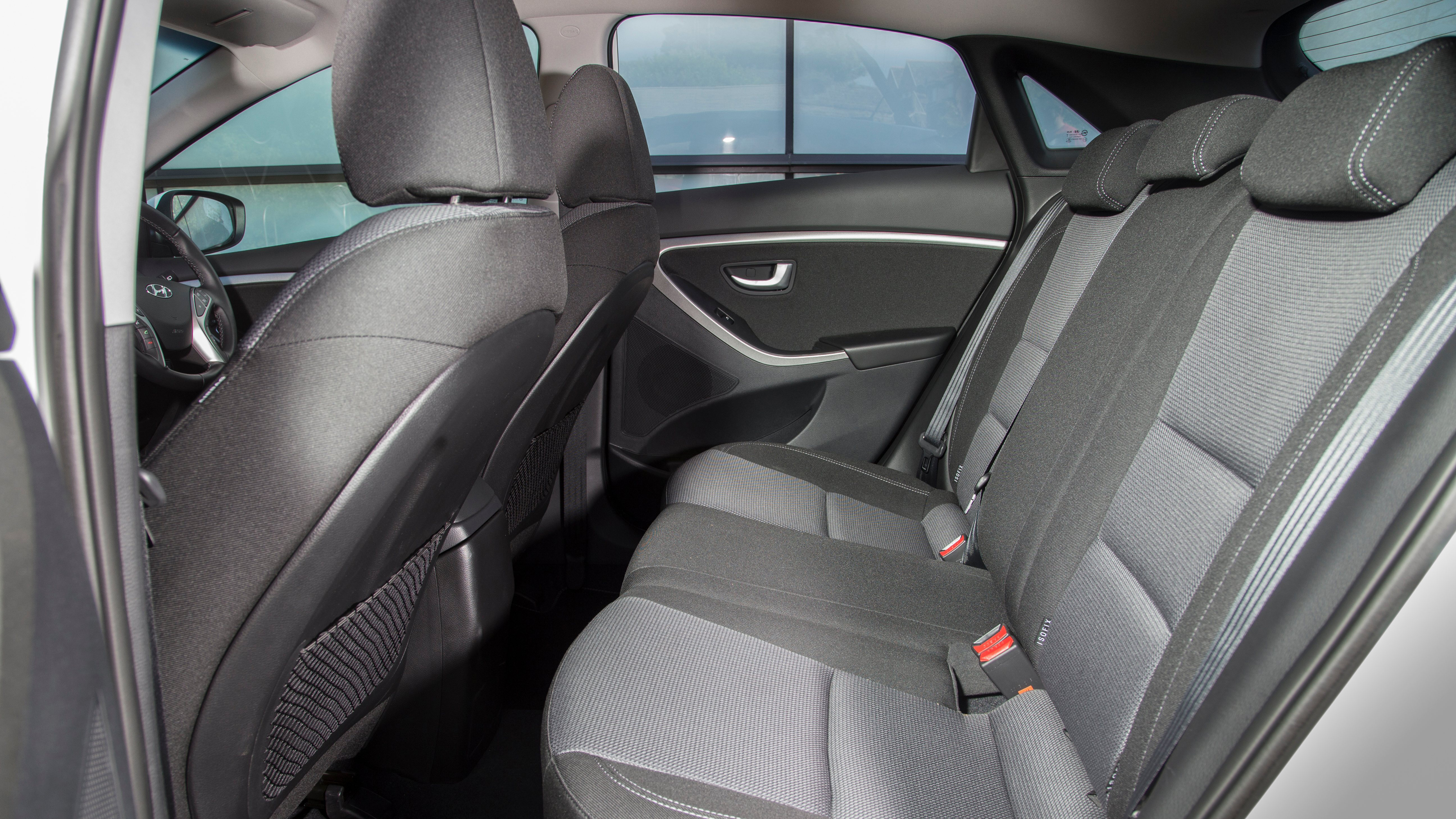Hyundai i30 (2013-2017) Review
Practical, reliable and stylish, at the right price the Hyundai i30 is also a top-value family hatchback
Strengths & weaknesses
- Good value for money
- Spacious and practical
- Long, comprehensive warranty
- Loses value quickly
- Not as engaging to drive as rivals
- Some engine and equipment combinations unavailable
The Hyundai i30 might be four years old and up against a raft of newer rivals, such as the Renault Megane and Vauxhall Astra but it still deserves more than a passing look. It’s reasonably stylish, impressively roomy front and rear, and its boot is larger than key rivals’ such as the VW Golf and Ford Focus.
Even in basic S form it’s reasonably well equipped (air conditioning, electric mirrors, fully adjustable steering wheel) but you only have to step up to the next trim level, called SE, to enjoy some genuinely desirable kit.
You can choose between petrol or diesel engines. The petrols are slow but reasonably economical. Rivals such as the new Vauxhall Astra field more modern and efficient alternatives. The range-topping i30 Turbo is billed as a hot hatch but there are quicker, more adept rivals, most notably the – more expensive – VW Golf GTI.
The diesels are quicker than the petrols through the gears, good for cruising and very economical. The optional diesel automatic is worth a second look. It’s a modern, efficient and sweet-changing gearbox.
The i30 isn’t huge fun to drive (a Ford Focus responds more quickly when you turn the steering wheel) but it won’t spring any surprises either. It grips well, leans a little too much in corners but is otherwise comfortable and safe.
In other words, the Hyundai i30 performs very much like a crossover car, which uses the mechanical parts from a family hatchback like the Hyundai in a taller car, which has a higher driving position and more practicality. The Hyundai Tucson, Nissan Qashqai or Renault Kadjar are all worth considering as alternatives.
Throw in a long, five-year warranty, good build quality and some genuinely attractive deals and offers, and without doubt, the Hyundai i30 deserves a place on your shopping list.
Key facts
| Warranty | 5 years / unlimited mileage |
|---|---|
| Boot size | 378 litres |
| Width | 1780mm |
| Length | 4300mm |
| Height | 1470mm |
| Tax (min to max) | £0 to £210 |
Best Hyundai i30 for...
Best for Economy – Hyundai i30 1.6 CRDi Blue Drive S
The 1.6 diesel engine reserved for trims S to SE Nav can do 78.4mpg, making it the most economical. With the optional DCT automatic gearbox fitted, that figure falls to 67.3mpg, still better than the petrol engines.
Best for Families – Hyundai i30 1.6 CRDi SE Nav
The same engine as the one in our economy champ but this time paired with SE Nav trim which brings a touchscreen sat nav as well as SE trim’s very useful rear parking sensors and additional storage
Best for Performance – Hyundai i30 1.6 CRDi Premum DCT
The i30 1.6 T-GDi hot hatch should be here but we think the superiour day-to-day performance car is this most powerful 1.6 diesel with the sweet-changing DCT automatic. It’s reasonably cheap to run, too.
One to Avoid – Hyundai i30 1.6 T-GDi
The i30 1.6 T-GDi is a little too slow, certainly for a car that purports to be a hot hatch, and although better to drive than other i30s, still not as involving as its most polished rivals.
History
January 2012 The current Hyundai i30 is launched.
October 2012 Range-topping Premium trim added to the range in October.
2015 Major revisions include addition of the Turbo-GDi model, while the existing engine range is tweaked, 1.6 diesel models get the option of a smoother dual-clutch transmission to replace the old automatic gearbox.
Understanding Hyundai i30 names
Engine 1.6 CRDi 136PS Blue Drive
In this example, 1.6 is the size, in litres, of the engine, while the letters CRDi indicate it’s a diesel. The petrol engines have no such letters. The figure ‘136PS’ is the horsepower of the engine. Blue Drive indicates that the engine has been modified to make it more efficient.
Trim level Premium
Each trim level offers a different amount of standard equipment. The i30 range starts with the cheapest S, followed by SE, SE Nav, Premium and Turbo.
Gearbox DCT
The i30's automatic gearbox is labelled DCT.
Hyundai i30 Engines
The i30’s engines are tuned for economy and ease of driving, rather than outright performance.
The most economical engine is the least powerful of the two 1.6 CRDi diesels. We say ‘least powerful’ but in fact this 109bhp unit produces the same torque, or pulling power, as its sister engine. As a result, it is almost as fast through the gears when you’re overtaking, and cruises just as comfortably.
If you don’t do much mileage and your finances are stretched, the 1.4-litre petrol engine is adequate, at least around town where it’s economical but slow. In fact, to get a bit of of speed up, you may find yourself working it so hard that it uses almost as much fuel as the 1.6. It’s often the case with small, underpowered engines.
Annoyingly, the 1.6 engine, which is a better all-rounder than the 1.4, is only available with expensive Premium trim. You can have it with lesser trims but only with an automatic gearbox, which pushes up the price.
In the end, the 109bhp 1.6 CRDi diesel makes the strongest case. It’s powerful, economical and available in every trim bar expensive Premium.
|
Fuel |
Fuel economy |
Power |
Acceleration (0 - 60mph) |
Top speed |
|
|
1.4 |
Petrol |
48.7 - 50.4mpg |
99bhp |
12.7s |
113mph |
|
1.6 |
Petrol |
41.5 - 44.8mpg |
88bhp |
10.9 - 11.9s |
119mph |
|
1.6 Turbo GDi |
Petrol |
38.7mpg |
184bhp |
8.0s |
136mph |
|
1.6 CRDi |
Diesel |
67.3 - 78.4mpg |
109bhp |
10.6 - 11.8s |
115 - 117mph |
|
1.6 CRDi |
Diesel |
67.3 - 72.4mpg |
134bhp |
10.2 - 10.6s |
122 - 124mph |
Hyundai i30 Trims
S, SE, SE Nav, Premium, Turbo
With its steel wheels, manual windows and absence of luxuries, S trim is one for the budget-conscious driver. Yes, it has air-conditioning, foglights, Bluetooth connectivity, a fully adjustable steering wheel and driver’s seat height adjustment but spend an extra £1300 and can have so much more in the shape of SE trim. Here you’ll find alloy wheels, front and rear armrests with cupholders and storage, cruise control, electric windows and rear parking sensors. You can even adjust the weight of the steering at the flick of a switch; handy when you’re manoeuvring in tight spaces.
Spend another £1000 and you can have SE Nav trim with its touchscreen sat nav and wing mirrors with LED indicators. It’s a lot to pay but sat navs are becoming more desirable and this one will boost the model’s used car prospects.
Premium trim adds luxury features including heated seats (they’re fake leather, though) and a heated steering wheel, dual-zone air con and automatic headlights. It’s over the top for this class of car. The 1.6 T-GDi takes the Premium’s luxury features and adds a bodykit, sports suspension and sports seats. It looks the part but there are better hot hatches.
Hyundai i30 Reliability and warranty
The current Hyundai i30 is not among the 200 cars featured in the 2015 Driver Power owner satisfaction survey that rates areas including reliability and build quality. However, its predecessor is. It charts at 103; a fair but not outstanding position. Regarding the current model, its absence is a puzzle since the cabin materials are good quality (there are some hard plastics lower down but that’s to be expected at this price level), the controls feel good and the dashboard looks stylish. Exterior quality is good, too. All this and the car is backed up by an impressive five-year, unlimited-mileage warranty, where most car makers offer just three years capped at 60,000 miles. Incidentally, the i10 charts at position 3; a seriously impressive achievement.
Used Hyundai i30
Savings of over 20% on the new price should sound a warning to anyone considering buying a used Hyundai i30. You really should expect a year-old example to be at least 10% cheaper still. Many cars are worth just 40-45% of their new price after three years, and the i30 will be no exception.
Having got your price right, you can probably look forward to many happy miles of i30 motoring. Assuming the car has been serviced, the balance of its long, five-year warranty will protect you from any repair bills that may arise. Not that we expect too many. It may not appear in the 2015 Driver Power survey but we think the i30 is a well built and reliable car.
A used petrol i30 should be outstanding value. Diesel cars are always a little dearer but Hyundai’s image isn’t strong enough to support premium prices, so even these should be good buys.
|
List price |
BuyaCar new |
1 year old |
2 years old |
3 years old |
||
|
Best for performance |
Price |
£23,695 |
£18,507 |
- |
- |
- |
|
I30 1.6 CRDi Premium DCT |
Save |
21.9% |
- |
- |
- |
|
|
Best for families |
Price |
£19,595 |
£14,512 |
- |
- |
- |
|
I30 1.6 CRDi SE Nav |
Save |
25.9% |
- |
- |
- |
|
|
Best for economy |
Price |
£17,295 |
£13,224 |
- |
- |
- |
|
I30 1.6 CRDi Blue Drive S |
Save |
23.5% |
- |
- |
- |
Other Editions
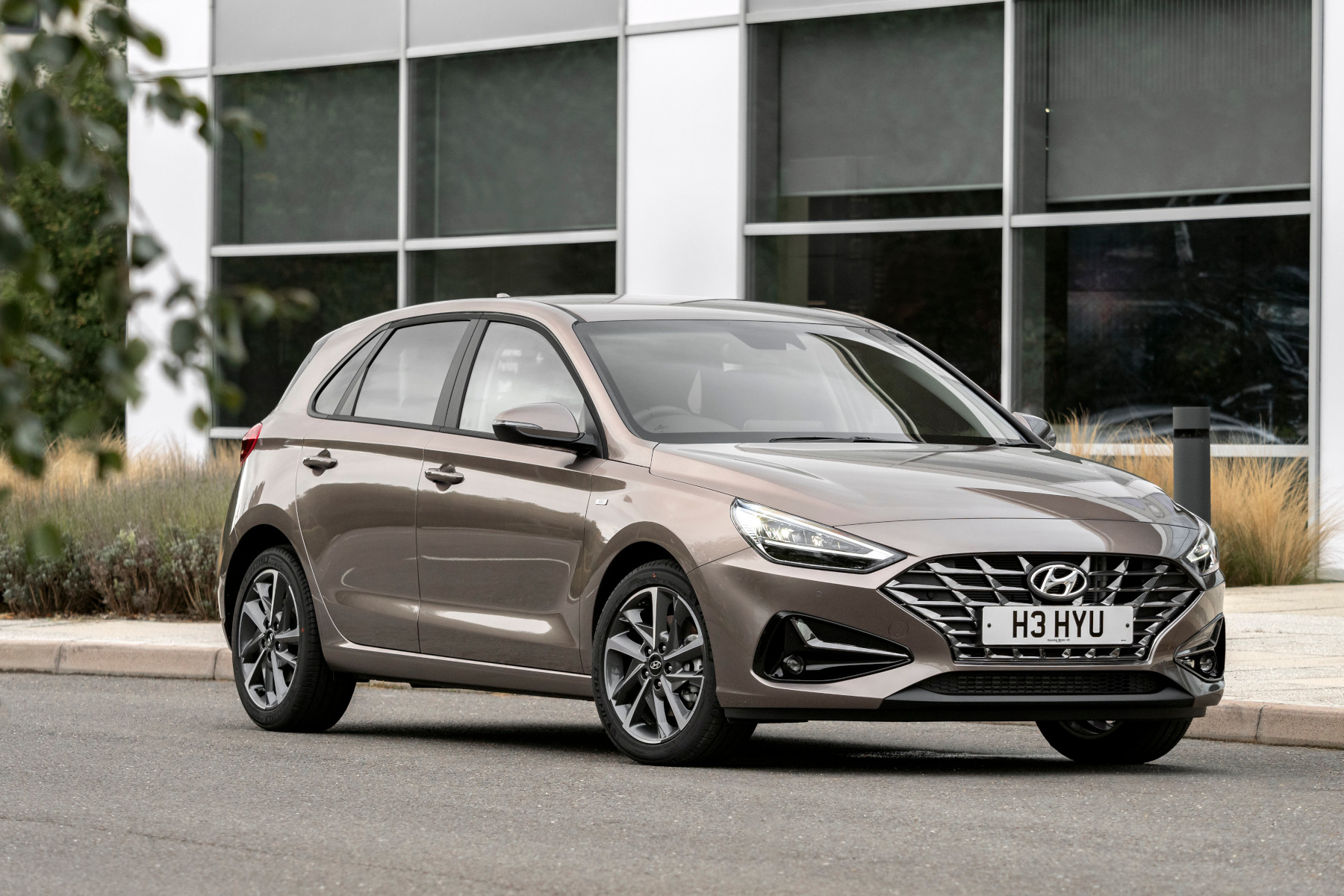
i30 (2017)
It still has a five-year warranty but the Hyundai i30 is no longer a budget family hatchback
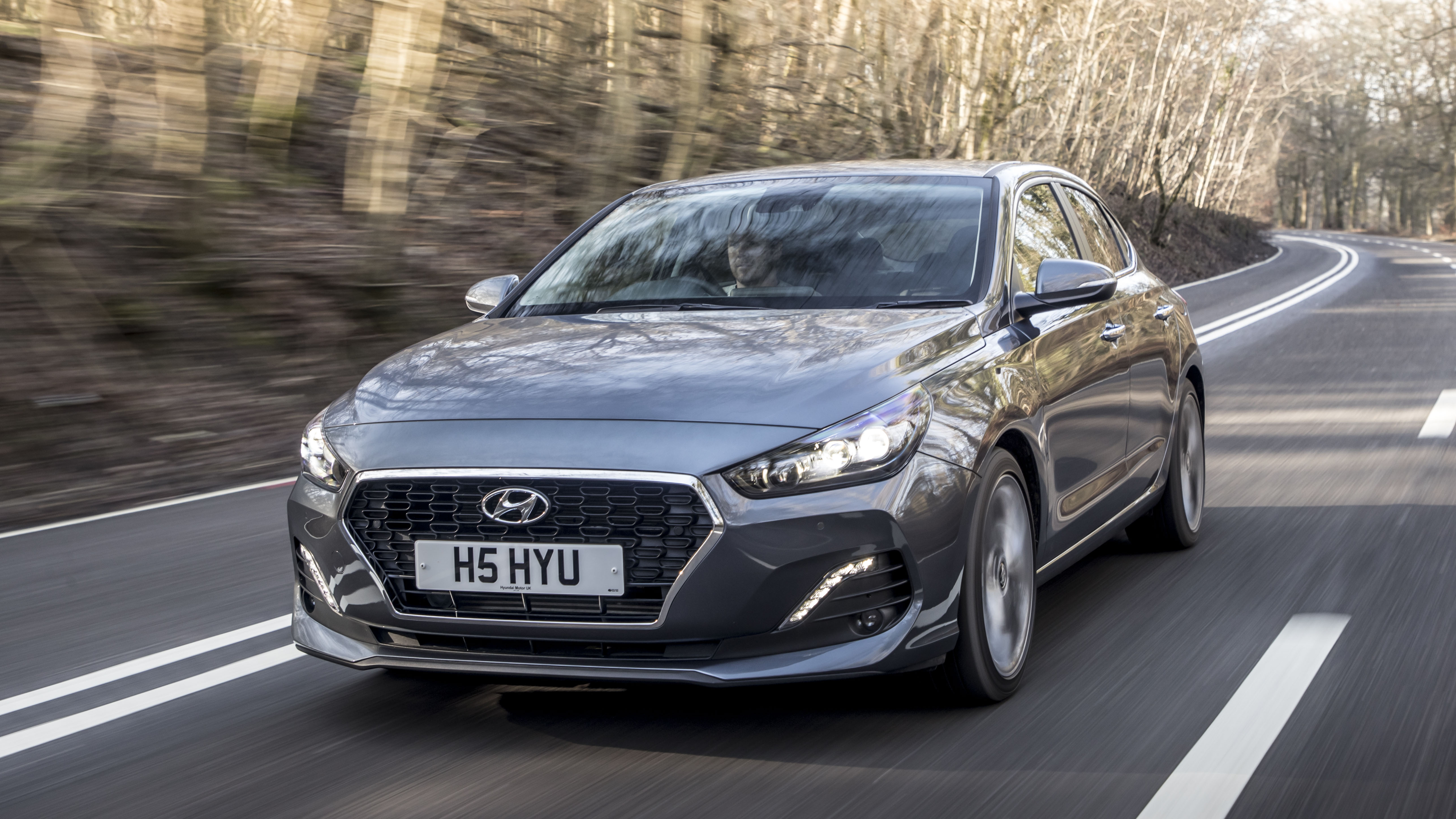
i30 Fastback (2018)
Unlike anything else in its class, the Hyundai i30 Fastback is a sporty-looking car that's surprisingly practical

i30 N (2018)
The Hyundai i30 N is great to drive, well equipped and good value for money


